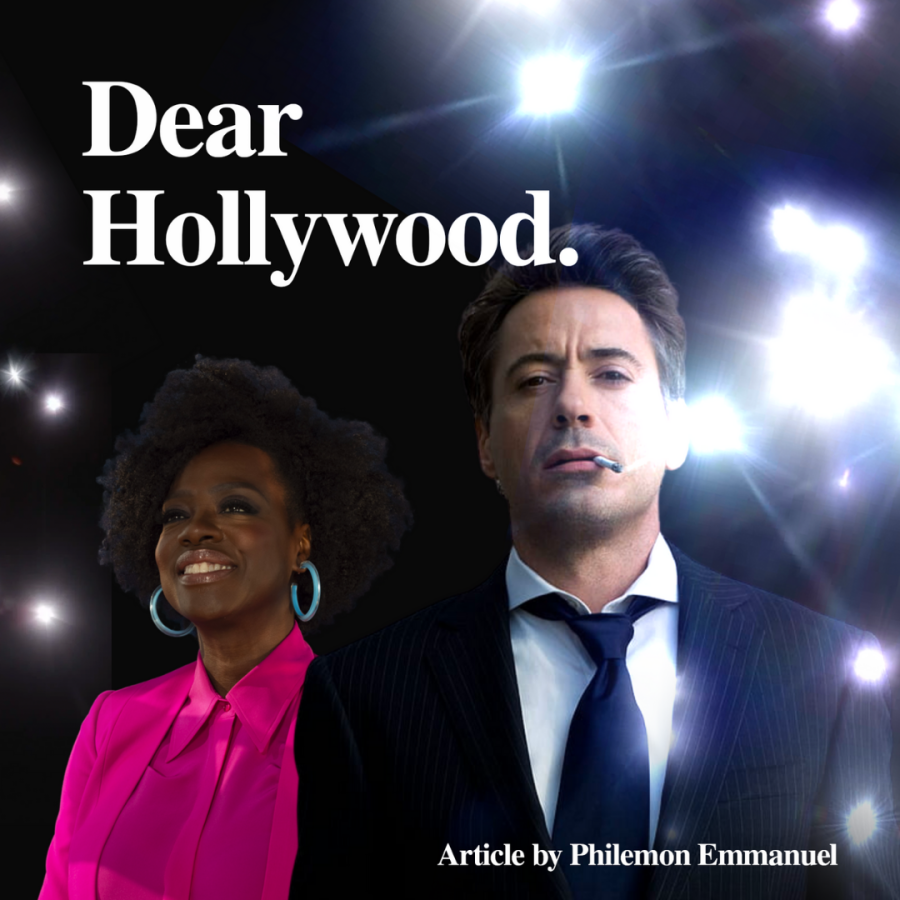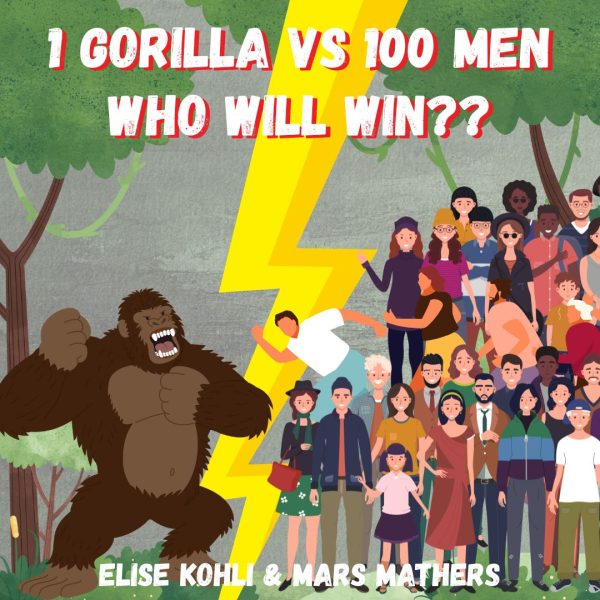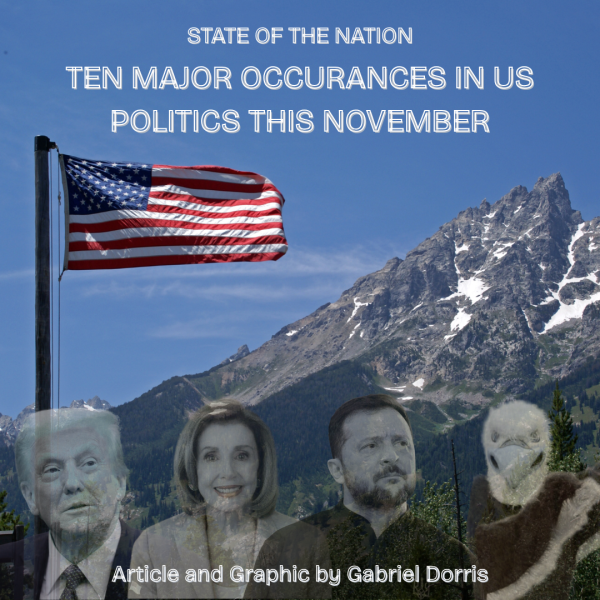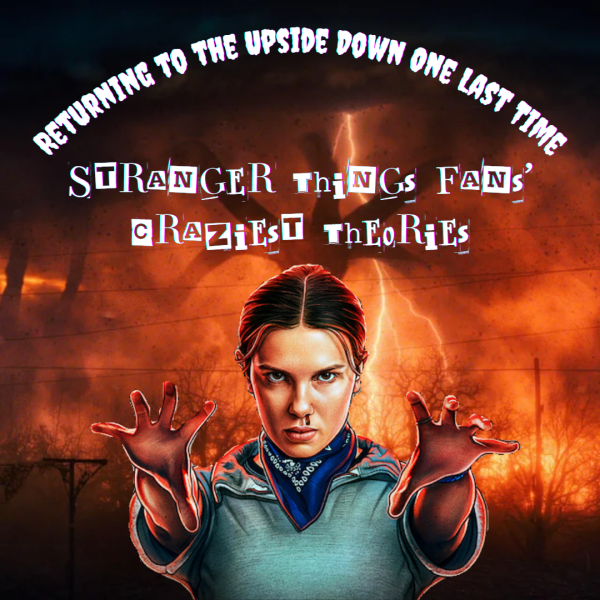Dear Hollywood.
When we look at Hollywood what do we see? We see Robert Downey Jr, Leonardo DiCaprio, Tom Cruise, and other old white men. We don’t think of Meryl Streep or Jennifer Lawrence and we definitely don’t think of Viola Davis or Lupita Nyongo. Hollywood, like the rest of American media, is a male-dominated industry that rarely has a place for women and even more infrequently, women of color.
According to the New York Times, a record 12 directors were female in 2019’s Top 100 Movies, out of 113. Men control what movies are created and how they are shot, resulting in far too many movies being shot through the male gaze. This is most obvious when comparing the most successful men and women in Hollywood. While many young male and female actors, such as Tom Holland and Millie Bobby Brown, have reached immense success and popularity, the disparity occurs when we compare the number of old male actors to old female actors.
According to the Washington Post, the average age for leading film roles for men has been between 37-45 for the past century while the average for women has been around 32 since the 1950s. Men can have leading roles significantly later into their careers than women, which not only shows what Hollywood values but what we value as a country. Men are more often judged on their merits and abilities whereas women are unfairly judged by their appearances. That is exemplified in Hollywood by directors reluctantly hiring women for leadership roles as they start to get older but continue to hire aging men.
We amplify these sexist sentiments by the lack of female roles and the importance of their character to the film. Women are often objectified or used for their appearance even when cast in a leading role. Popular movies, like Iron Man, Fast and Furious, […], etc., are known to objectify women in some way and some of your favorite movies probably do also. Michelle Rodriguez, actress in the Fast and Furious franchise for the past 16 years, threatened to leave the franchise if the next movie didn’t “show some love to the women of the franchise.” Not only do men in the franchise outnumber women two to one but the women were often used as “eye candy” while setting up a race or action sequence, or for fridging, where a female character is killed to further develop the plot.
A study called “Rewrite Her Story”, conducted by Plan International and the Geena Davis Institute on Gender in Media, analyzed the 56 highest-grossing movies of 2018 in 20 countries to determine how men and women are portrayed in movies. They used the Geena Dais Inclusion Quotient, which uses facial and voice detection software to analyze female representation in movies and TV shows. There are significantly more male characters than female characters in movies (67% compared to 33%). Female leaders were more than four times as likely to be shown wearing revealing clothing (30% compared to 7%). The women in the 56 films were also almost twice more likely to be partially nude than men (15% compared to 8%). The study also found that women in movies were four times as likely to be sexually objectified (15% compared to 4%) and five times more likely to be sexually harassed (5% to 1%).
These alarming statistics not only represent the world outside of Hollywood but also condition us into thinking that objectifying women and having women in only supporting roles is okay. To end this sexist trend Hollywood needs to not only stop sexualizing the women on screen but fund female filmmakers and address the discrimination in the workplace.
Your donation will support the student journalists of Enloe Magnet High School, allowing us to cover our annual website costs. We are extremely grateful for any contribution, big or small!

(He/him)
Philemon Emmanuel is a senior on the Eagle's Eye. He loves playing soccer, traveling, watching TV, and spending time with his friends and family.











